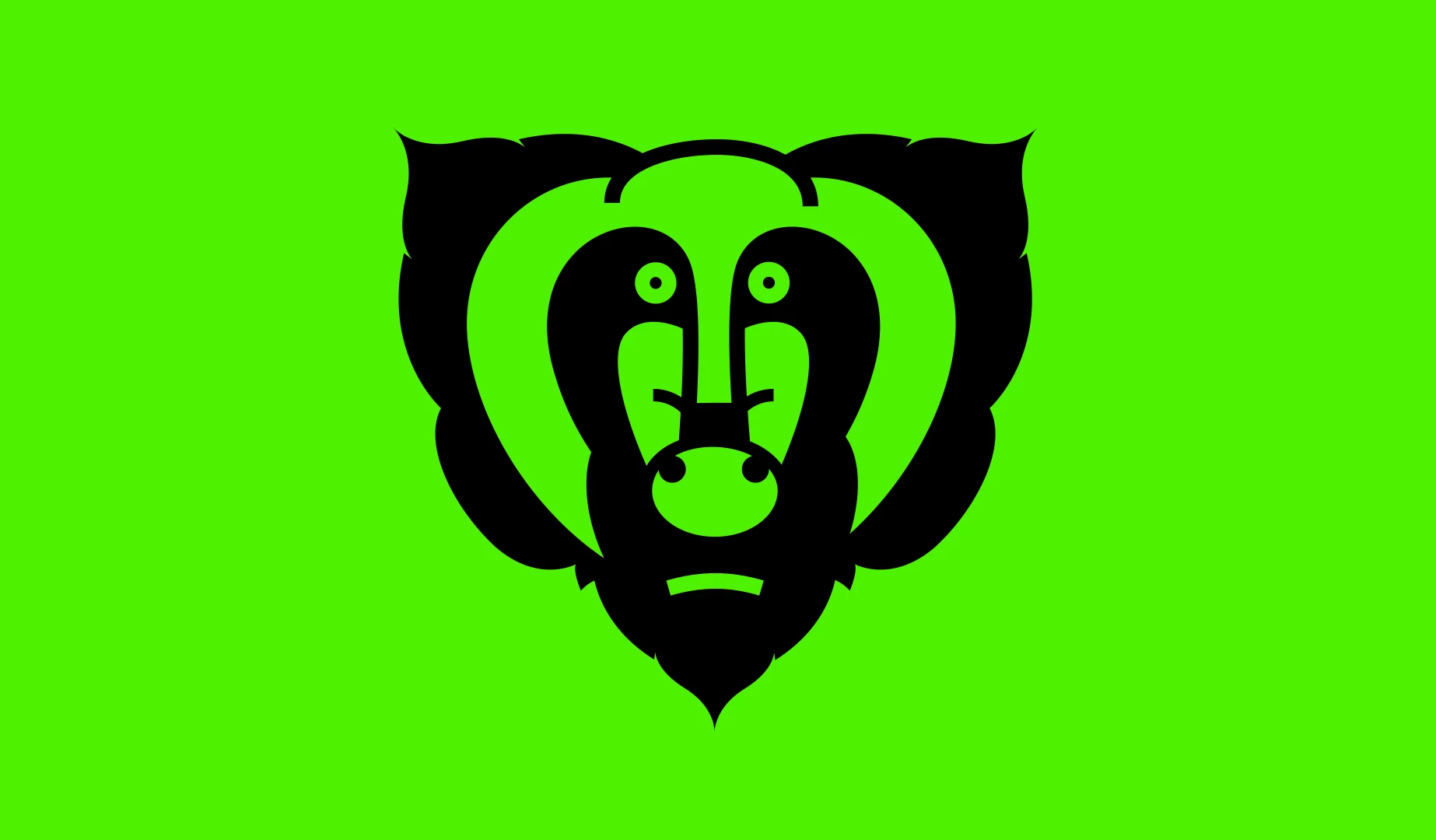
In the previous instalment of this three-part series, we explained how the nuances of a brand’s personality could become lost in attempting to sum it up using just three or four words. Honda’s ‘Book of Dreams’ solved that by providing their team with something more visceral. However, not many clients have the luxury of time and budget to create something as in-depth as Honda’s book. If that’s you, fear not: summing up a brand’s voice and providing copywriters with inspirational latitude is possible in a much shorter format.
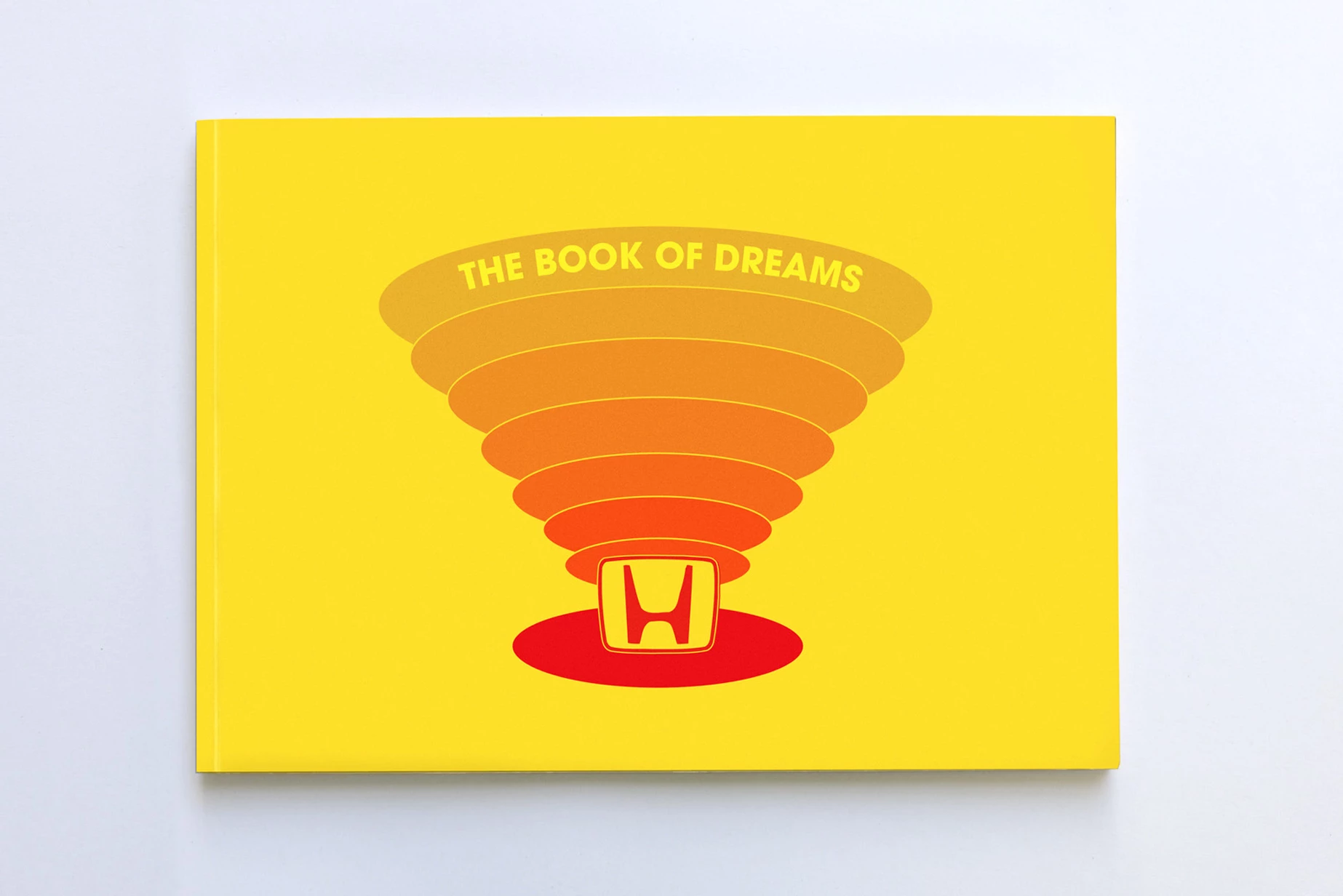
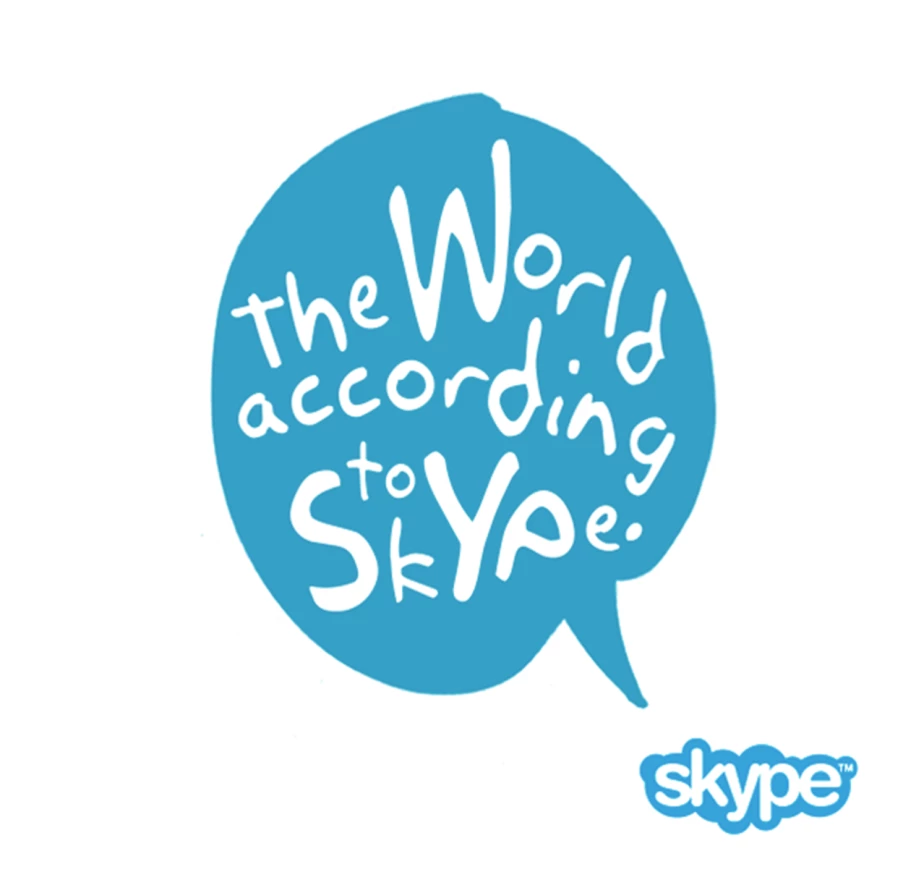
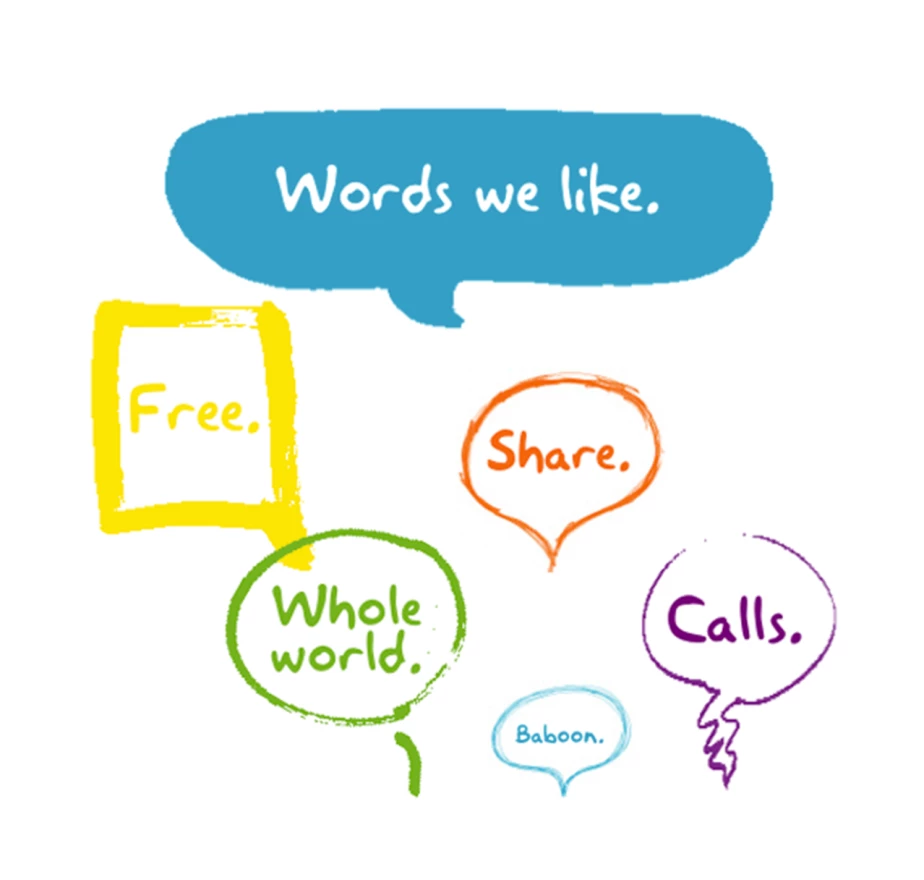
In Skype’s brand guidelines, ‘The World According to Skype’ they give us a short list of words and phrases that they like, but crucially aren’t attempting to describe who they are or how they speak.
The words ‘Free’, ‘share’, ‘whole world’ and ‘baboon’ aren’t traditional personality adjectives, yet they sum up the brand’s character.
And if you were in any doubt, they helpfully add, ‘If your Mum couldn’t understand what is being written, then it’s not the Skype voice’. Easy. That’s essentially all they say about their tone of voice, yet it gives me everything I need to know and the direction to take. And by including the word ‘baboon’, they’ve also given me room to play and explore.
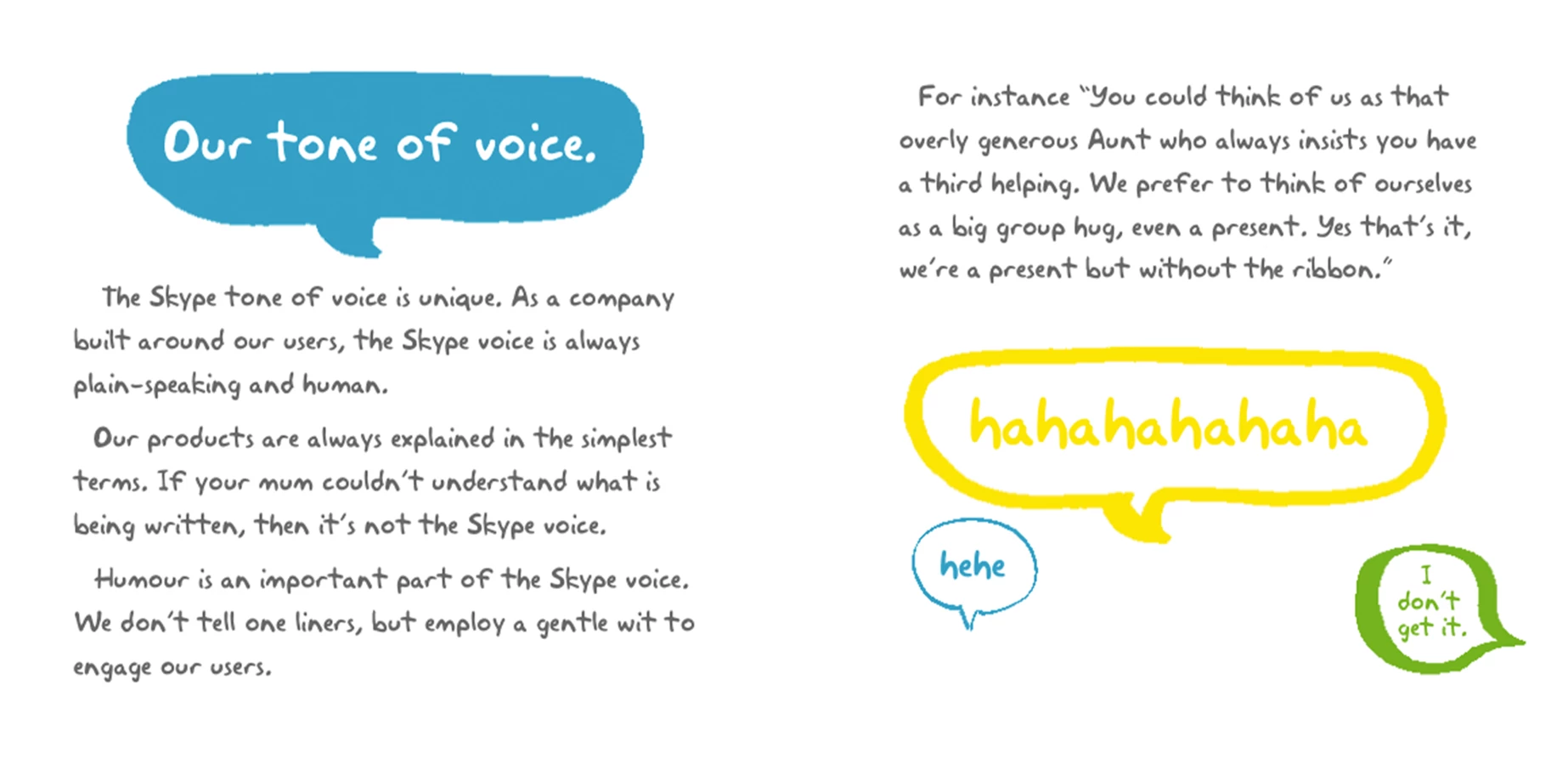
Tone of voice is fundamental to the business of brand building. At the very least it gives those writing for the company a set of bumper rails in the form of personality adjectives to ensure they all proceed in the same general direction. The trouble is, most of their competitors are heading that way too. Tone of voice can be so much more. Created with insight, passion, creativity and ambition, the brand’s voice can become a significant and differentiating asset. The voice itself becomes the inspiration for language that elicits emotional attachment rather than simply conveying information. So, to clients, agency planners and brand strategists everywhere, I make this appeal on behalf of my copywriting comrades – fewer adjectives, more baboons please.
Mike Fleming is a freelance copywriter and brand consultant.

